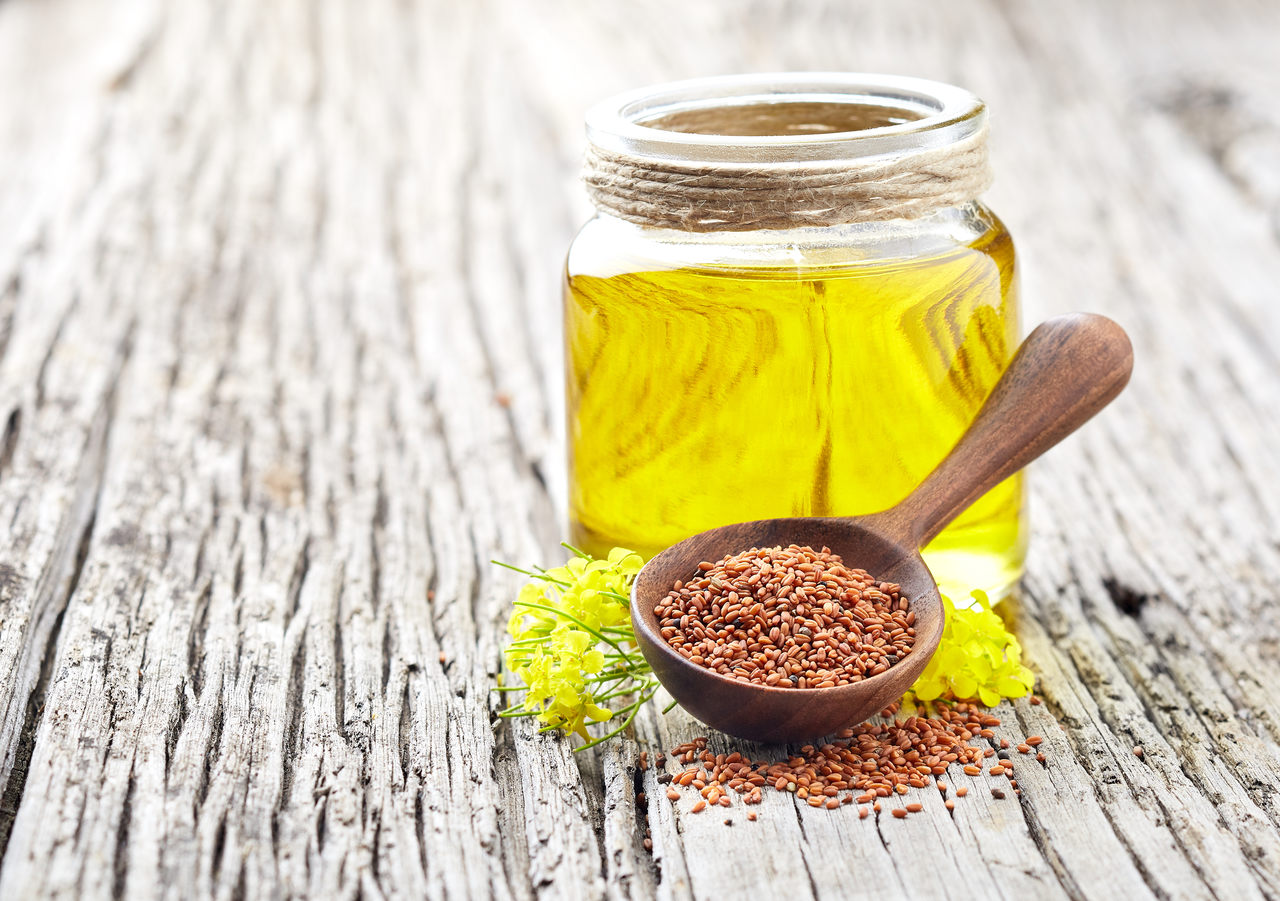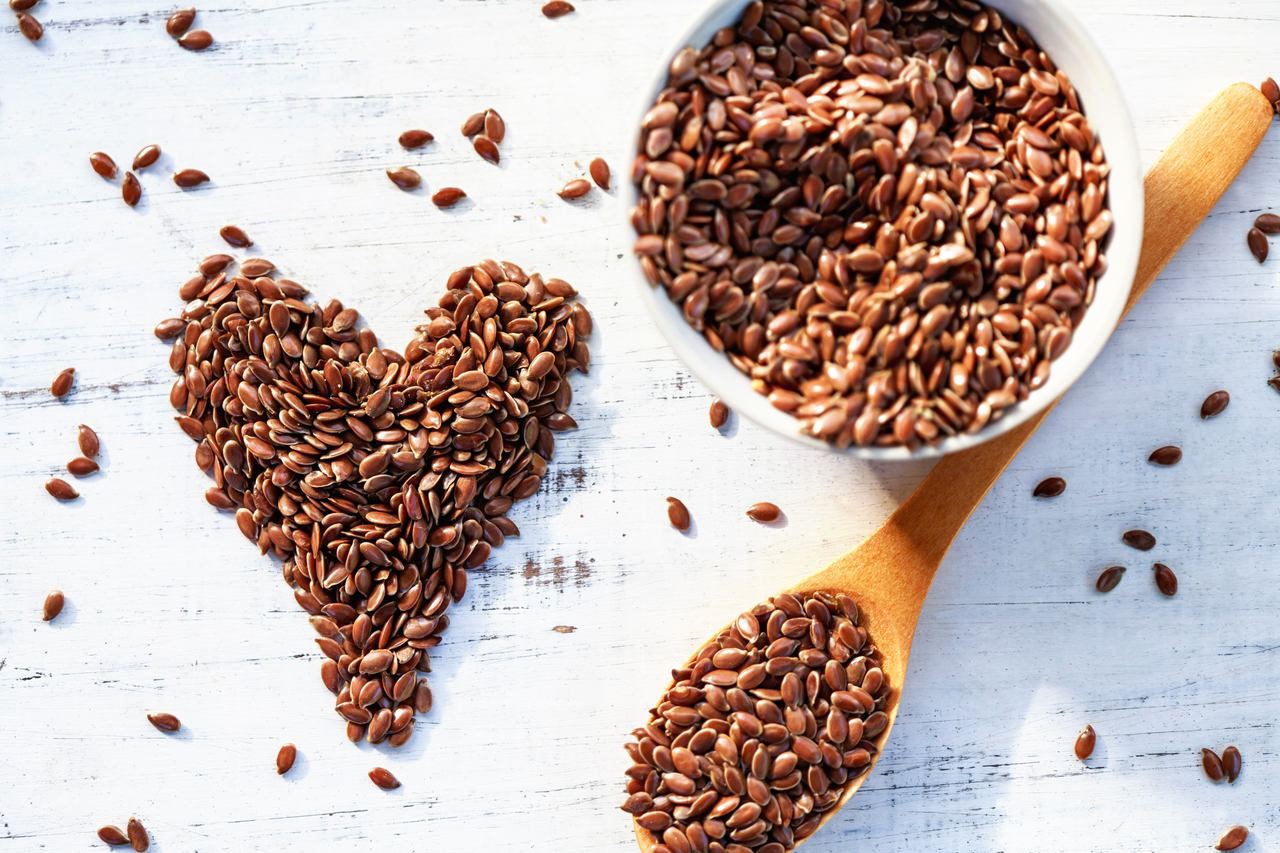Castor oil
 An old Polish saying goes: better rydz than nothing. However, few people know that it refers not to the ricot - a fungus - but to the plant from the so-called cabbage family, the gold-of-pleasure or gold-of-pleasure. It is from this plant that we obtain castor oil. So how much truth is there in this old adage? Is gold-of-pleasure actually at best a consolation prize in the world of fats? Let's find out!
An old Polish saying goes: better rydz than nothing. However, few people know that it refers not to the ricot - a fungus - but to the plant from the so-called cabbage family, the gold-of-pleasure or gold-of-pleasure. It is from this plant that we obtain castor oil. So how much truth is there in this old adage? Is gold-of-pleasure actually at best a consolation prize in the world of fats? Let's find out!
Although gold-of-pleasure is a plant that has been common and cultivated in Poland for centuries, the oil produced from it has recently disappeared into the shadows of rapeseed and sunflower seeds. And why do we reach for it much less often these days? Is it really a fat only for connoisseurs, who appreciate rarer oils - such as those made from pumpkin seeds, thistle or flax?
Castor oil in the past and today
Castor oil, which gets its name from its distinctive golden-rusty-brown color (in which some even see notes of green), has recently passed into oblivion. Once upon a time, when gold-of-pleasure was abundant in all Polish soils, it appeared only as a less attractive option - a cheaper substitute for animal fats. Consequently, it was chosen mainly on poorer farms. And so the saying we recalled was born: better a russet than nothing. Today, when we are more familiar with the impact of frequent consumption of animal fats on our health and are able to more accurately select fat for our culinary purposes, castor oil should return to our favor - and to restaurant shelves. All thanks to its unique values.
Properties of castor oil. Is it worth adding it to your diet?
Compared to other fats, castor oil stands out primarily because of its favorable ratio of omega-3 to omega-6 fatty acids. Rich in vitamin E and plant sterols, it is a good supplement to the daily diet - and for people with a greater need for omega-3 fatty acids (e.g., with cholesterol problems) it can even be recommended by a nutritionist. Omega-3 is famous for its anti-cancer and anti-inflammatory effects. Therefore, castor oil can be a valuable substitute for other fats in our kitchens. What's more, gold-of-pleasure oil will work well not only for taking care of your body from the inside, but also from the outside: as part of your daily skin care routine. It can be an addition to hair masks, body and face creams, and even a natural makeup remover.
How to use castor oil in the kitchen and restaurant?
Probably, it is the use of gold-of-pleasure oil in cooking that has made rapeseed and sunflower outbid it in terms of popularity in our country. To preserve its valuable properties, castor oil should be pressed at a low temperature and served cold. In the case of this fat, heat treatment (including our favorite frying) is not a good idea - it is better to use it as an addition to dressings or sauces. The distinctive flavor of castor oil (slightly pungent, with a subtle hint of onion and a slight hint of mustard) makes it an excellent alternative to the milder olive oil that so often features in our kitchens. Castor oil will also be a very simple yet intriguing addition to a restaurant's menu - especially in the section with salads and starters served cold. However, it is worth bearing in mind that it is a fat with a peculiar, perceptible aroma. The key to serving it, therefore, will be moderation!



